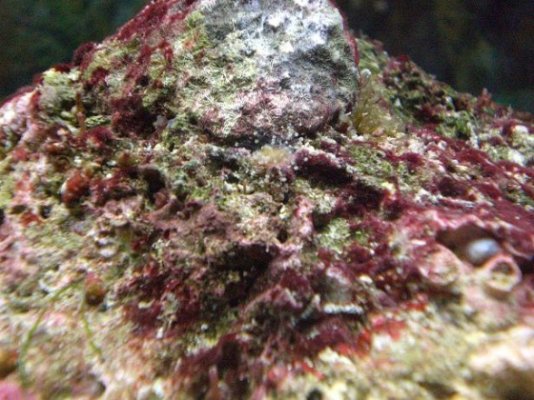Dyami
Aquarium Advice Regular
I got few new peices of Live Rock and I have been looking all over for a picture of this online to identify it and have had no luck. Probably because this one is so small no one has pictures of them. I did already look at the common hitchikers page as well, and it was not there. So I am putting it out here for help. There are almost a dozen of these on this rock, and I trying to decide how many to maintain (hand feed) I fed several of them yesterday, which by the way, was incredible to watch. Seeing them hold onto a peice of shrimp and then close up around it was cool to watch.
What does everyone think it is?
What does everyone think it is?


